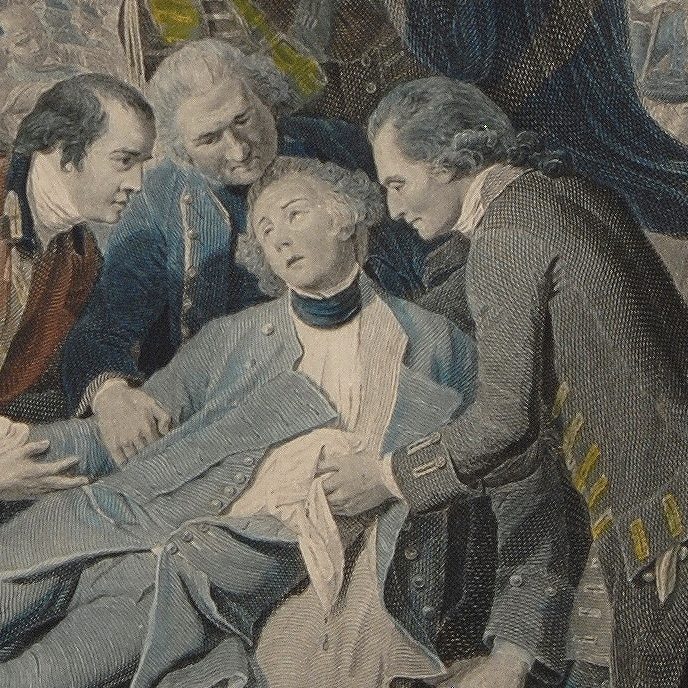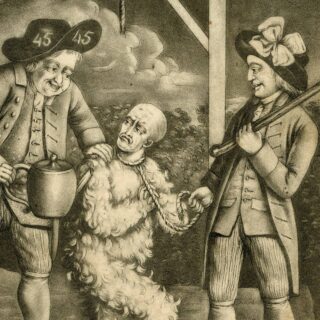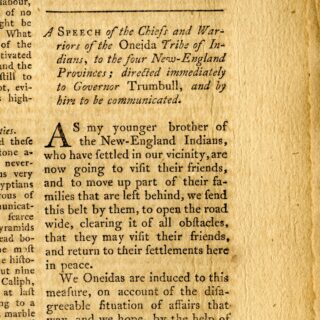These lessons challenge students to consider how the American Revolution took shape, whether a drive for independence was inevitable and what independence meant for Americans of the revolutionary generation.

HOW TO THINK LIKE A HISTORIAN: WHO WAS JAMES WOLFE?
This lesson was designed to teach a sixth grade class how to analyze a variety of primary resources in order to draw educated, substantiated conclusions. Using a variety of resources, students will conduct an analysis to determine who James Wolfe was, how he died and why he was an important and remembered figure in history.
Who was James Wolfe?

THE STAMP ACT: COLONIAL PROTESTS AND THE ROAD TO REVOLUTION
In this lesson plan, students will examine the Stamp Act through various activities designed to explore its purpose, colonists’ rejection of it, and the Act’s broader implications. Students will also explore the diverse ways in which colonists protested the Stamp Act and the consequences of these protests to evaluate the effectiveness of violent forms of protest as opposed to non-violent forms of protest.
The Stamp Act: Colonial Protest

AMERICA’S FIRST ALLIES: THE ONEIDA INDIAN NATION
Students will explore why the American colonies’ greatest Native American supporter, the Oneida Indian Nation, declared neutrality at the onset of the Revolution.
America's First Allies